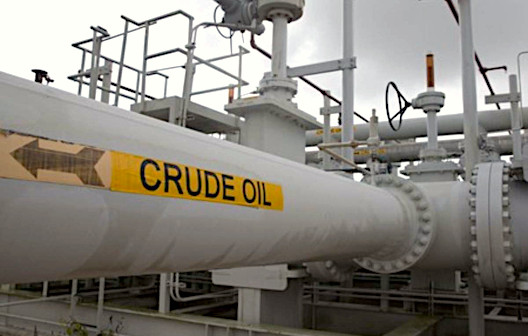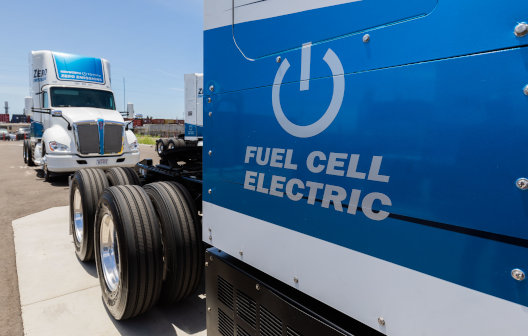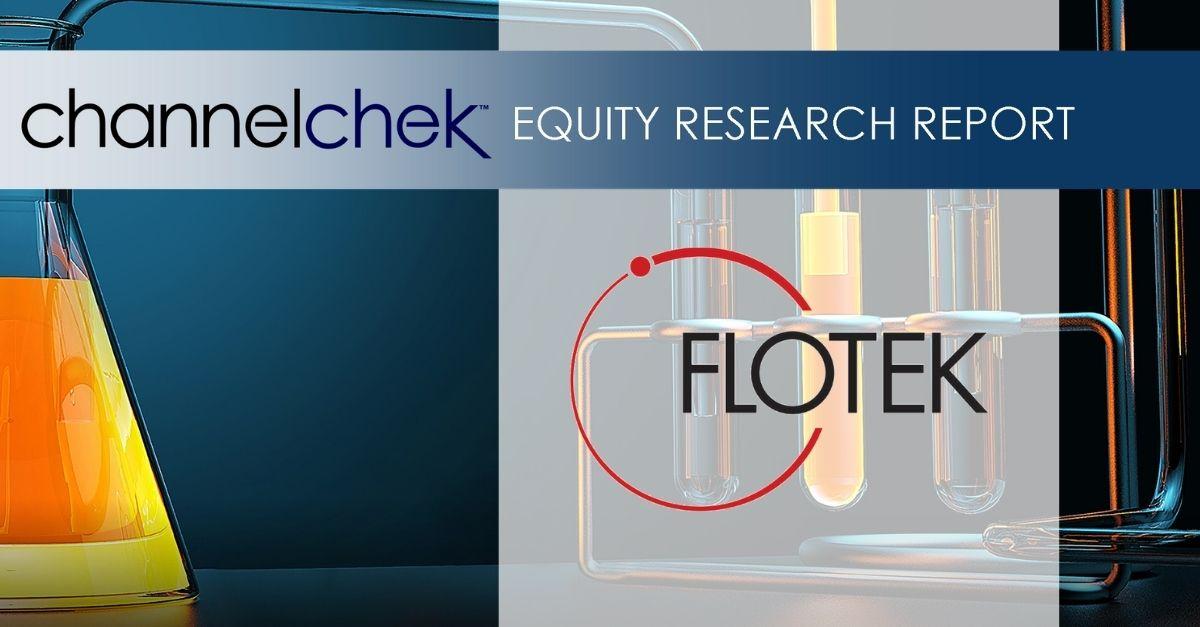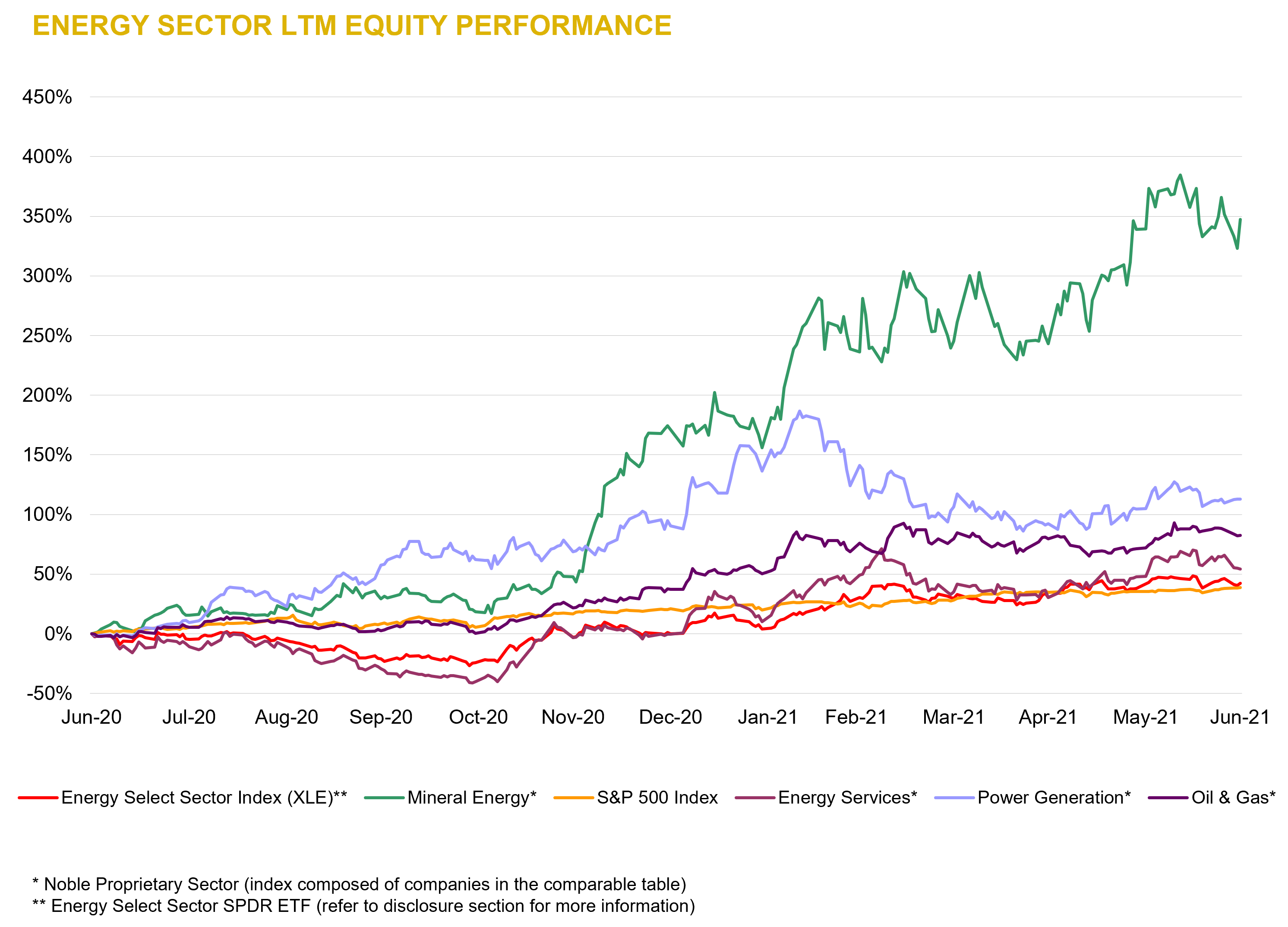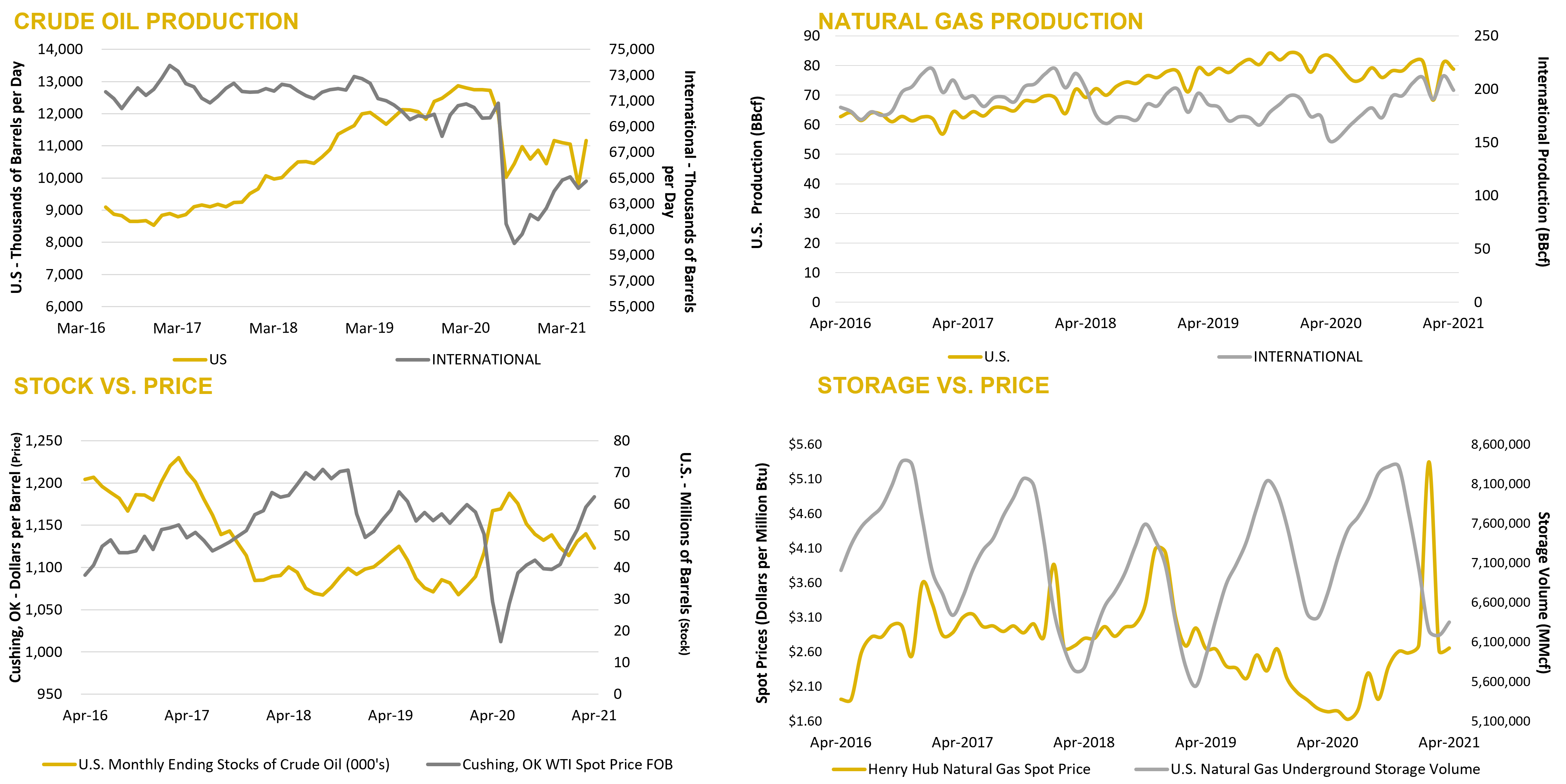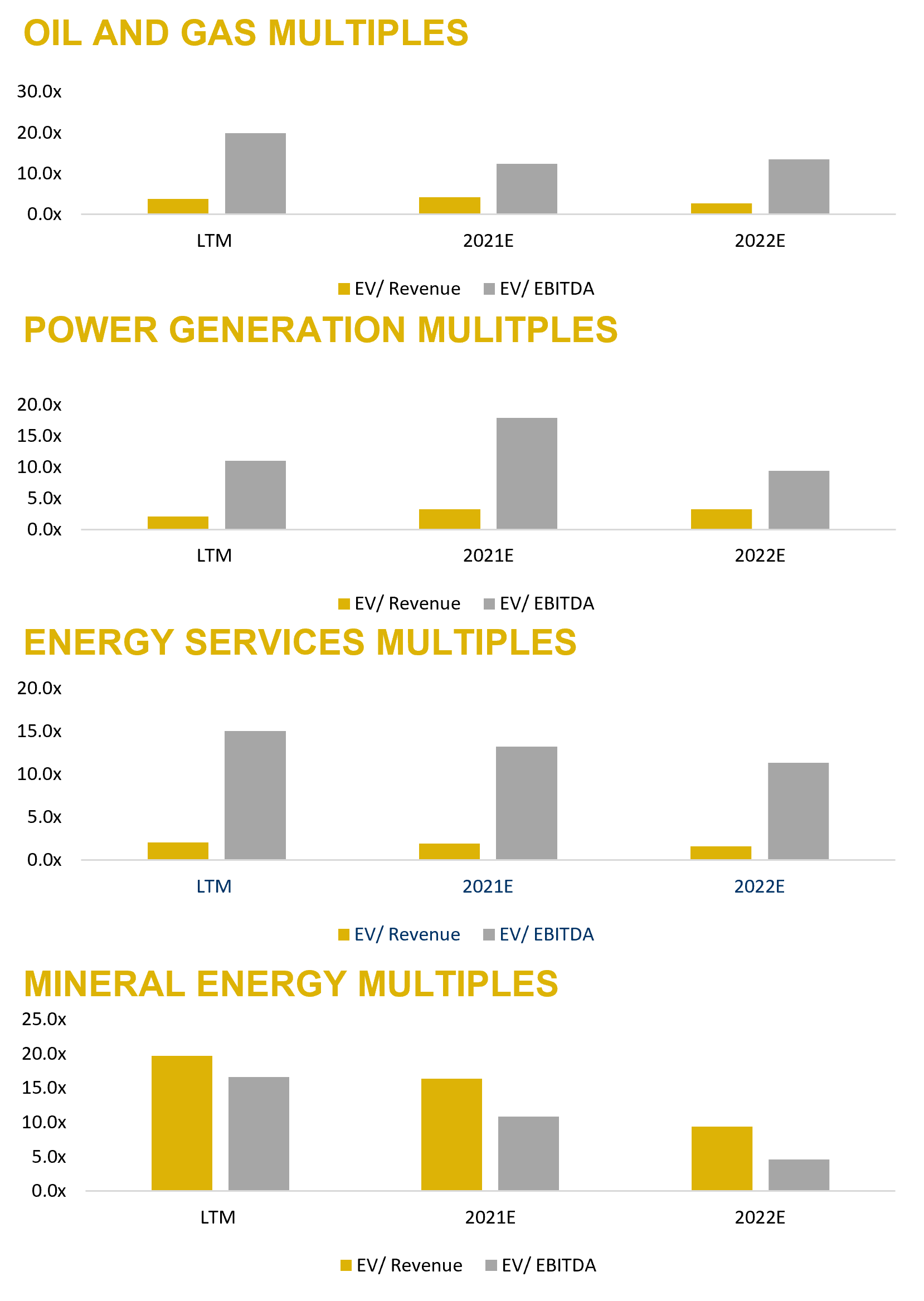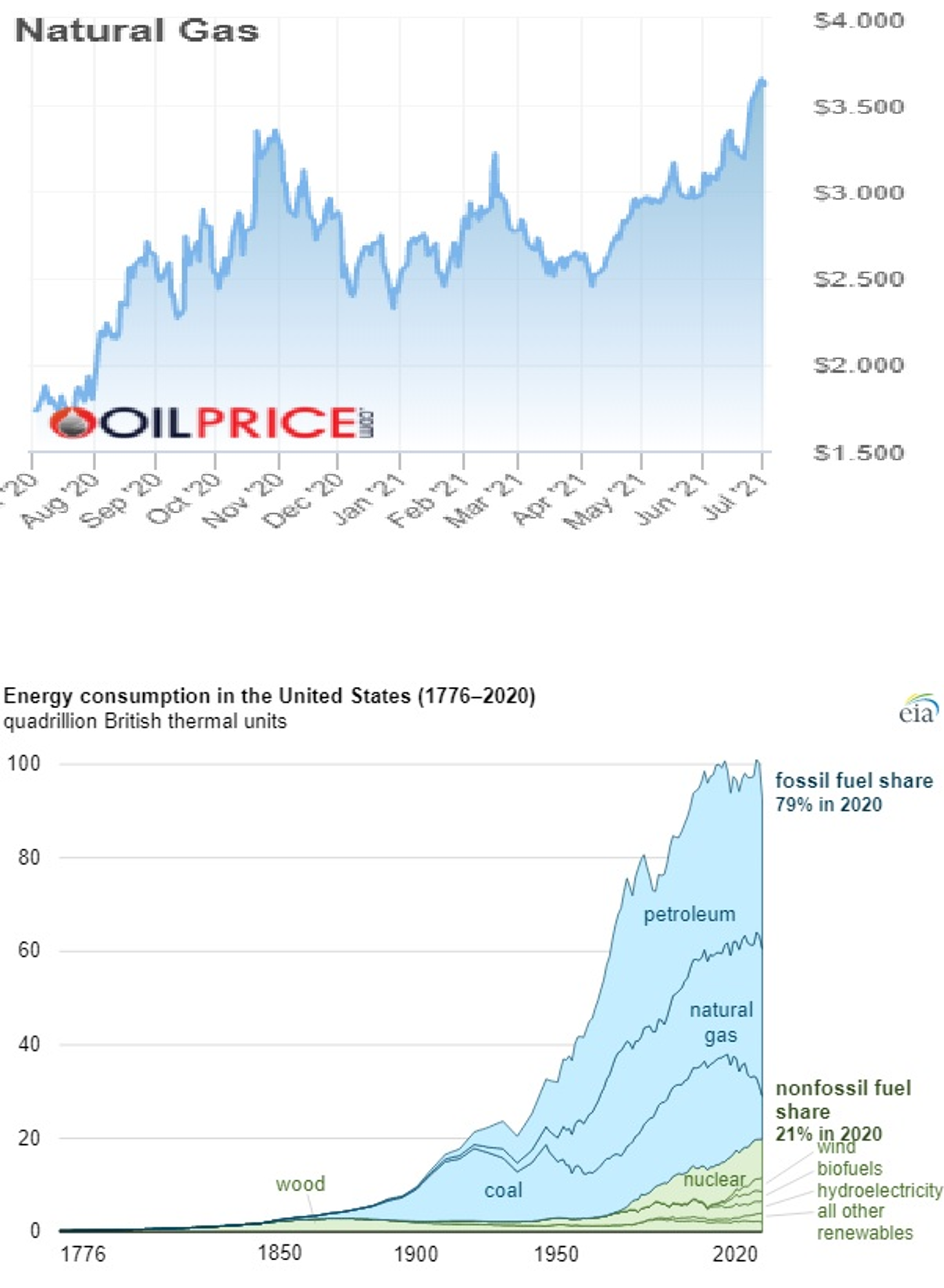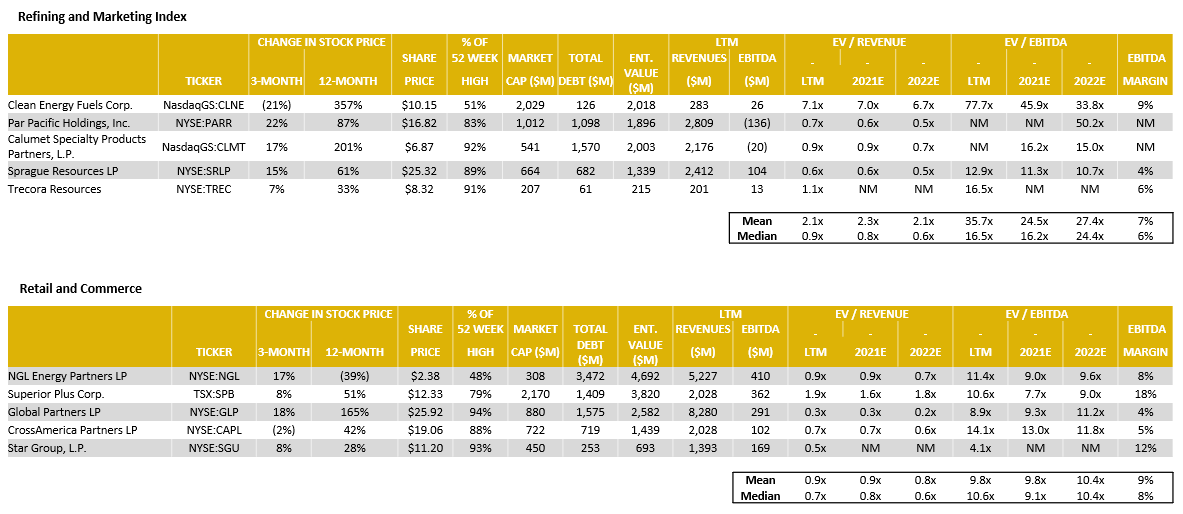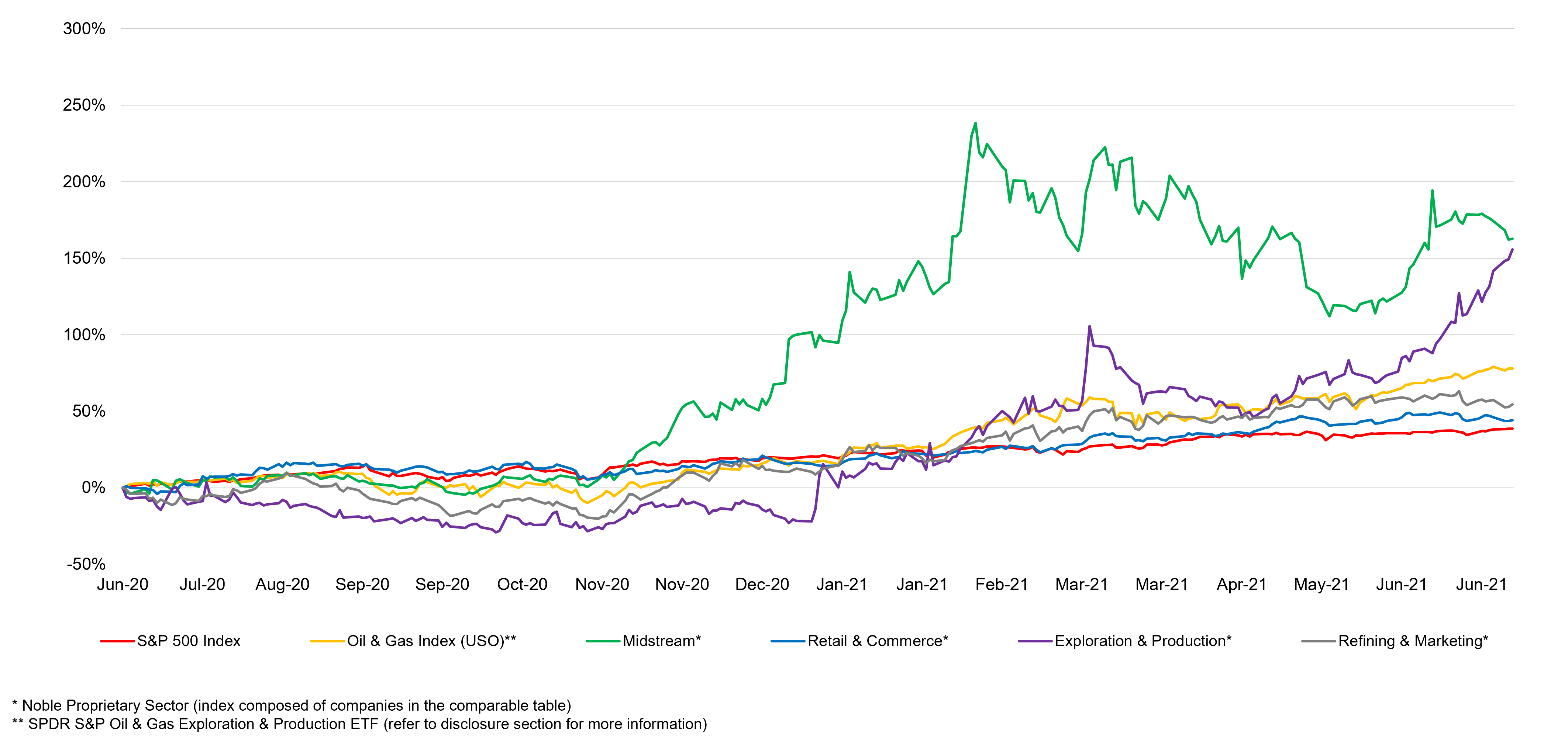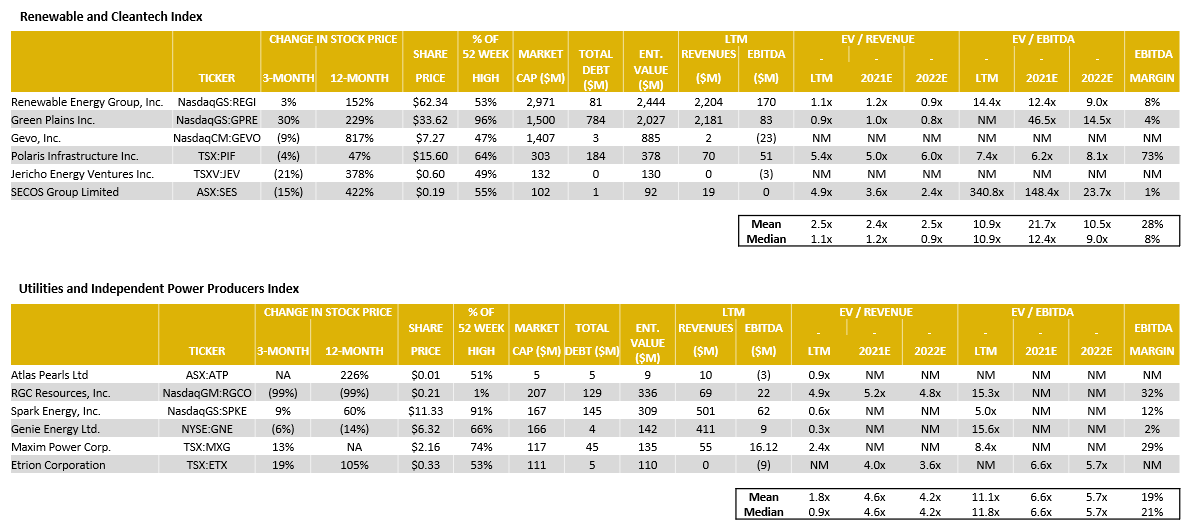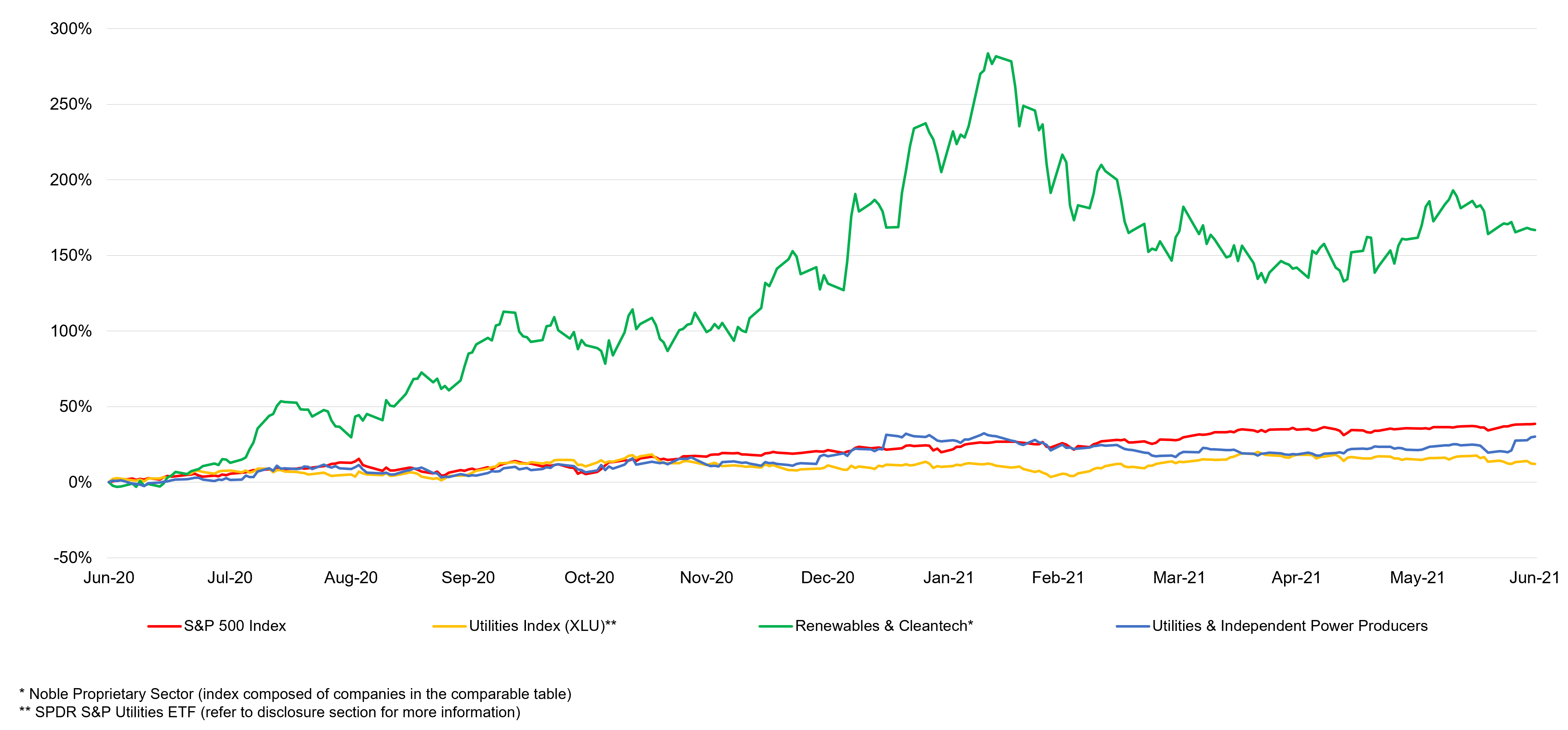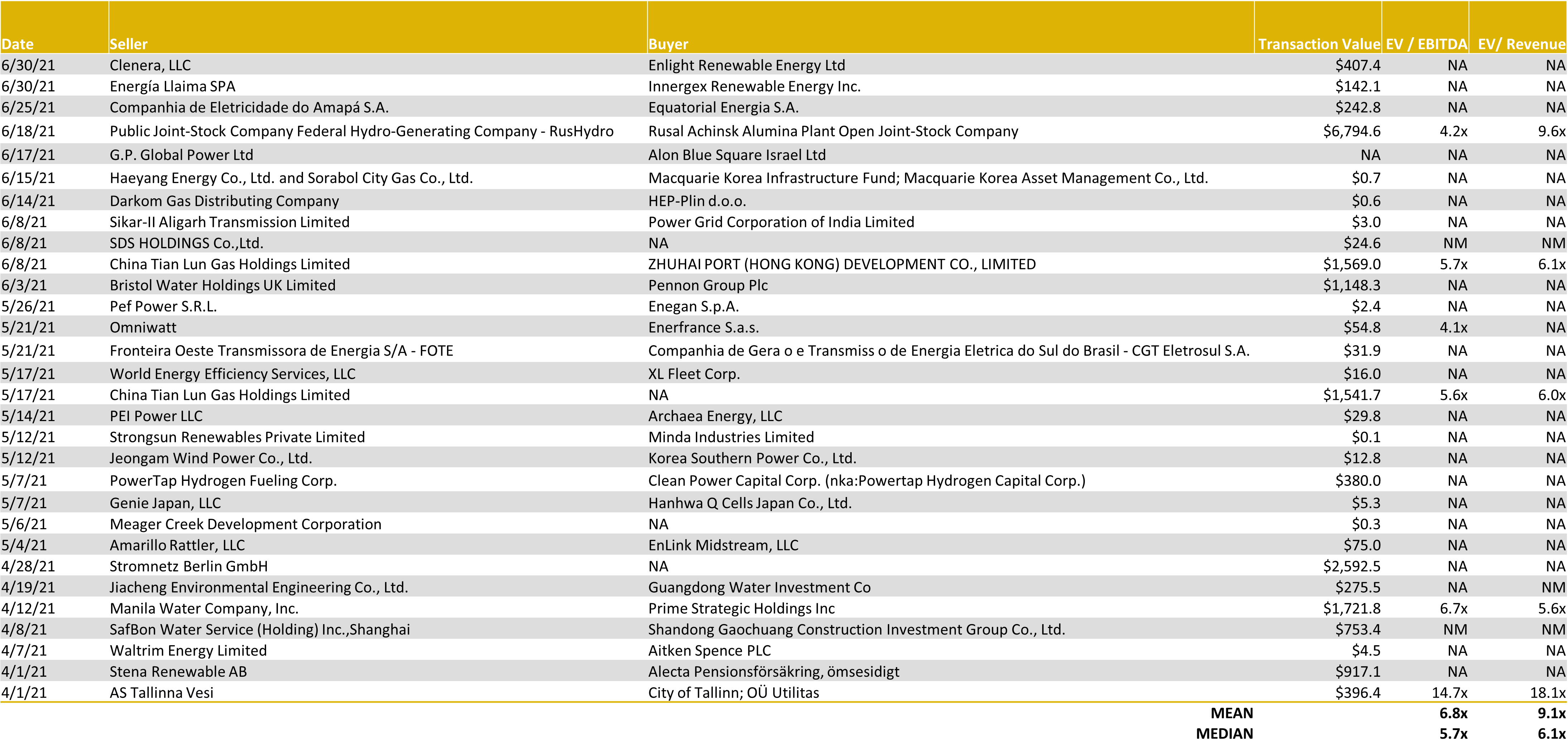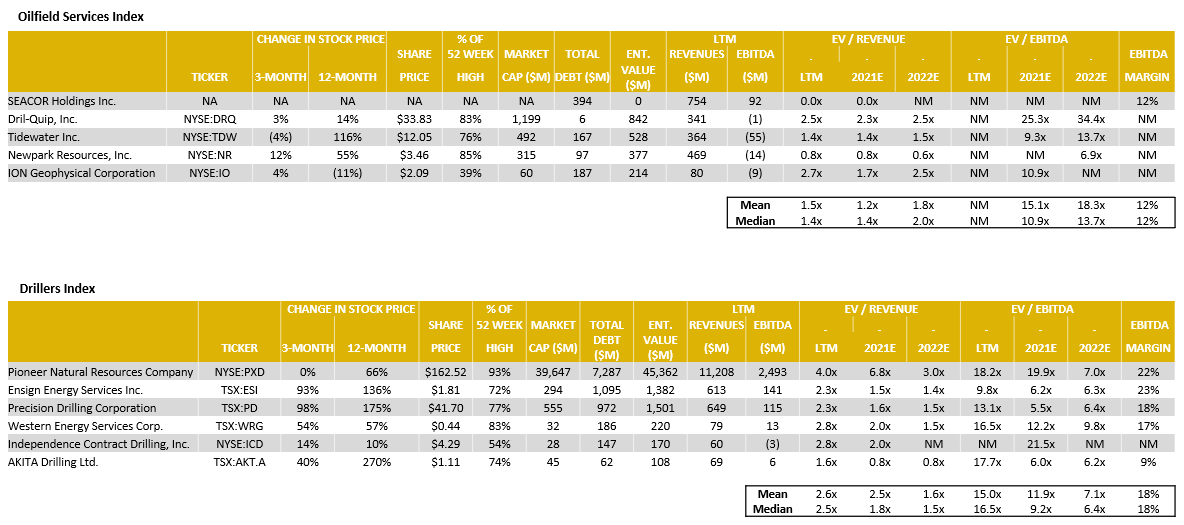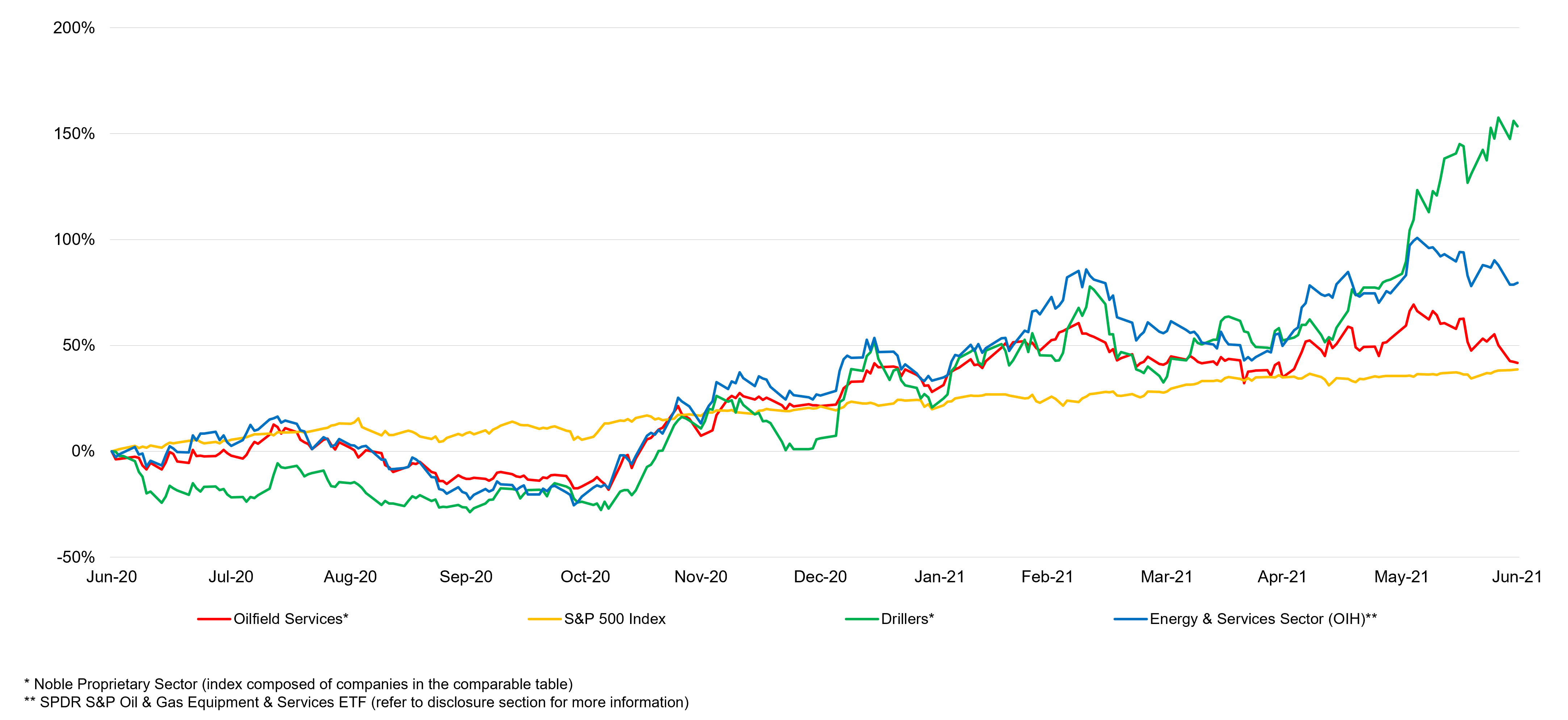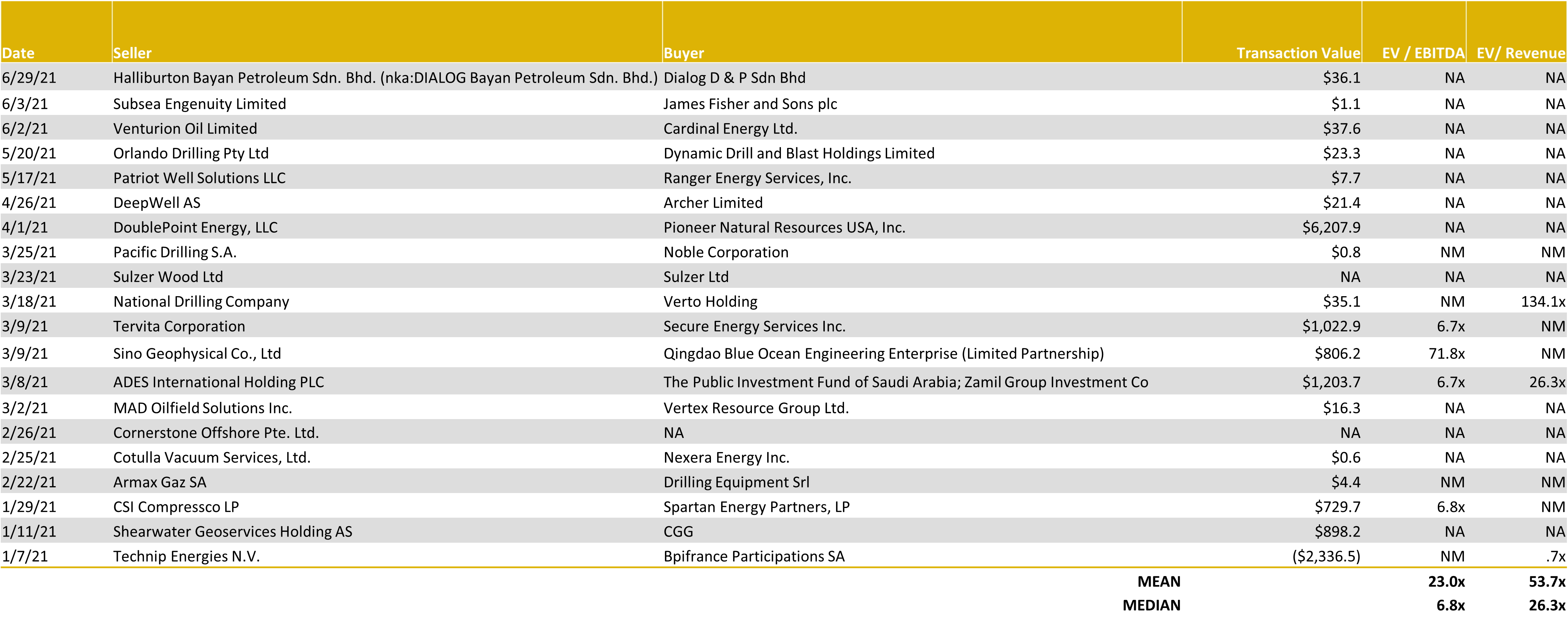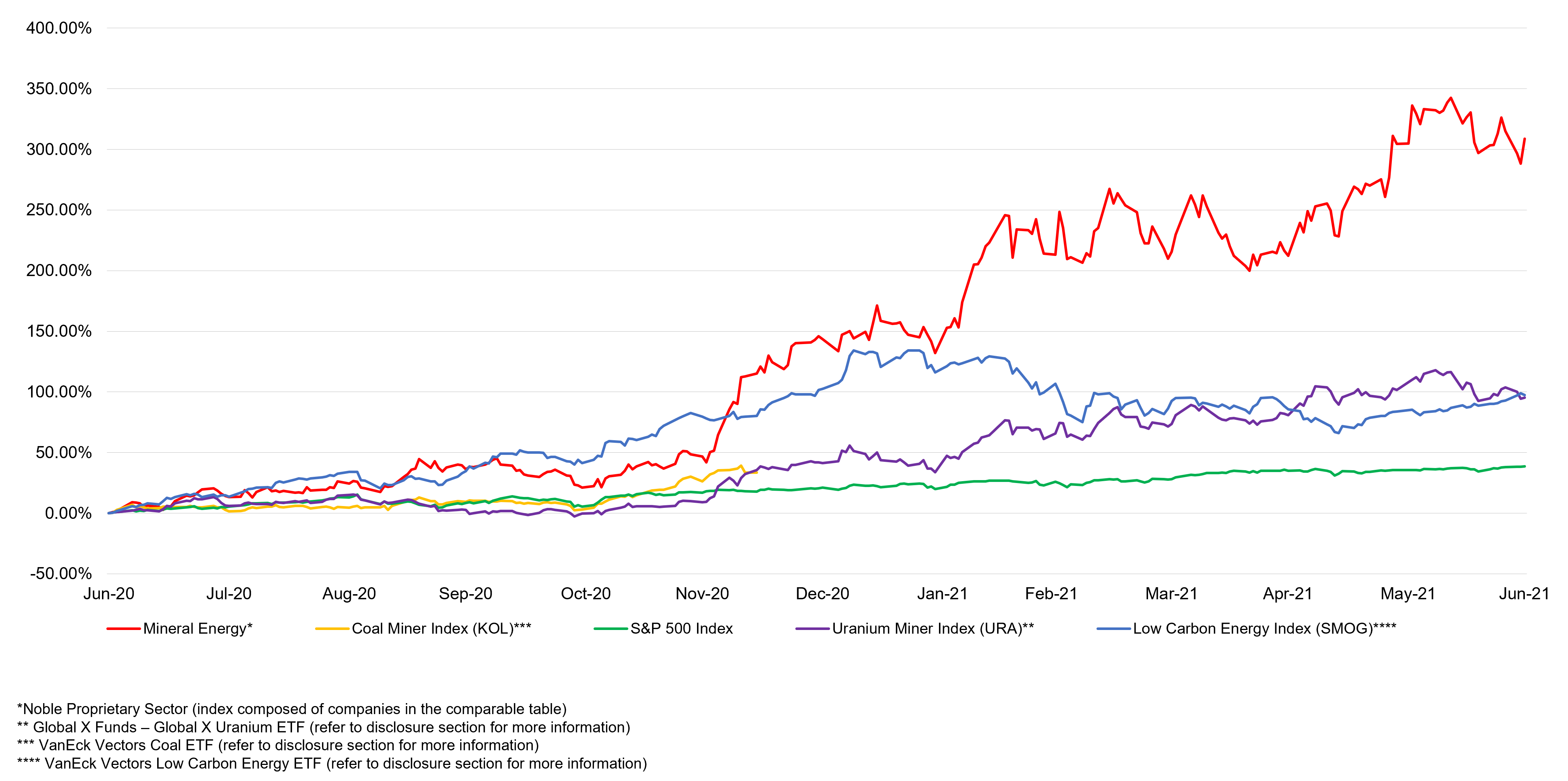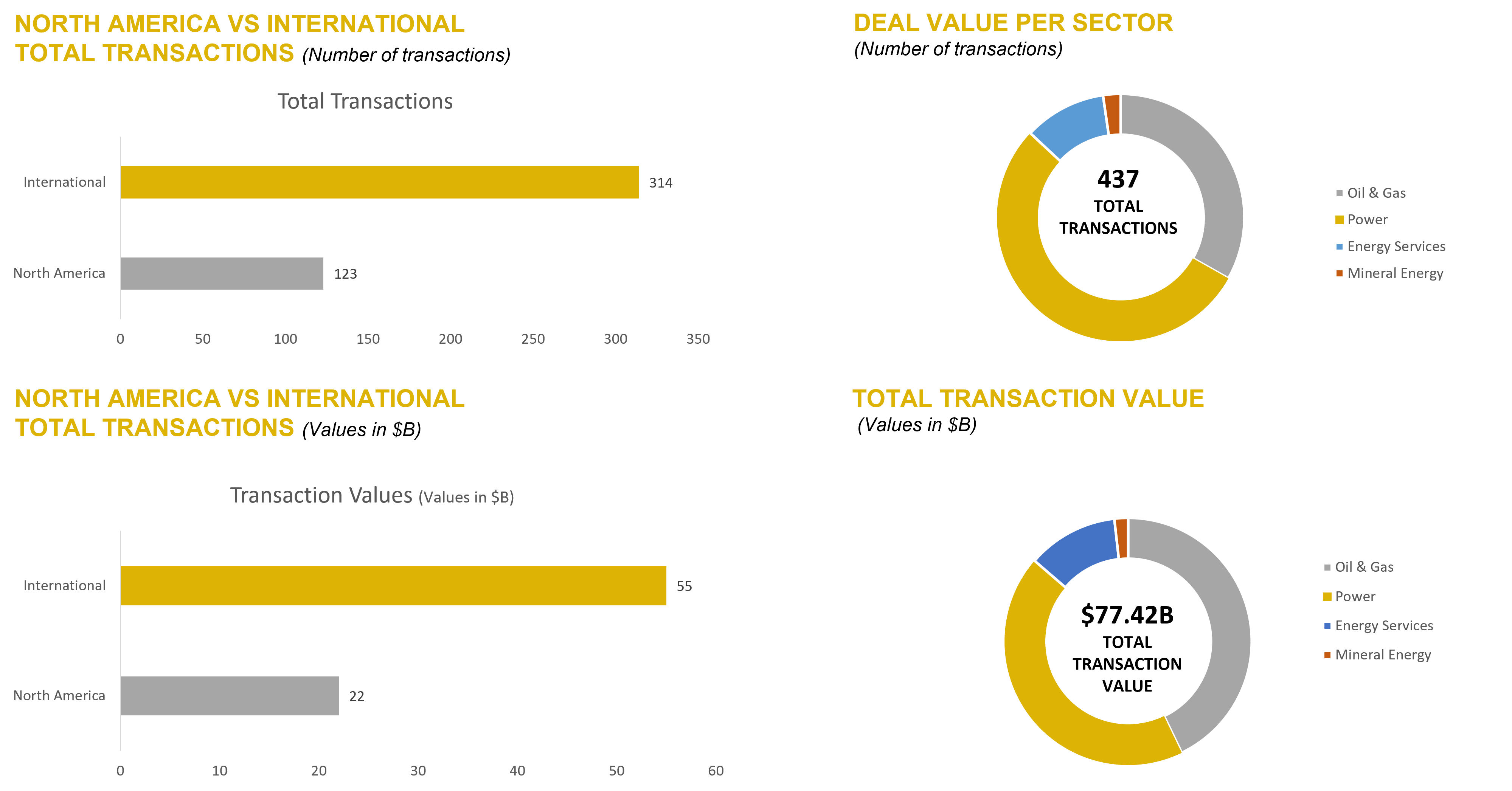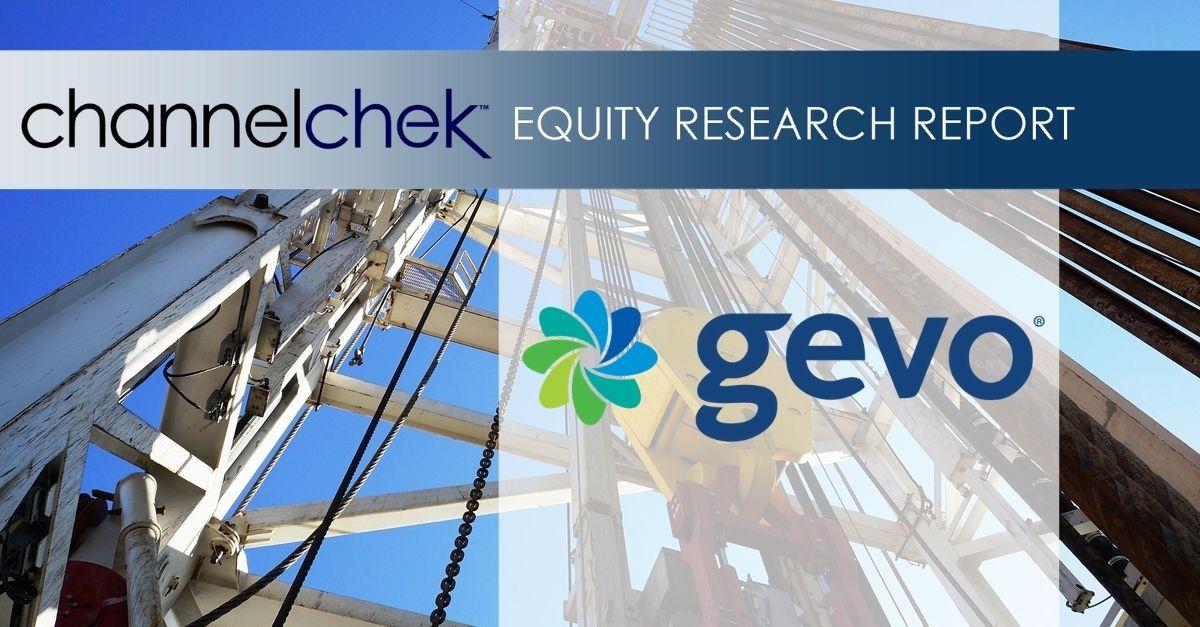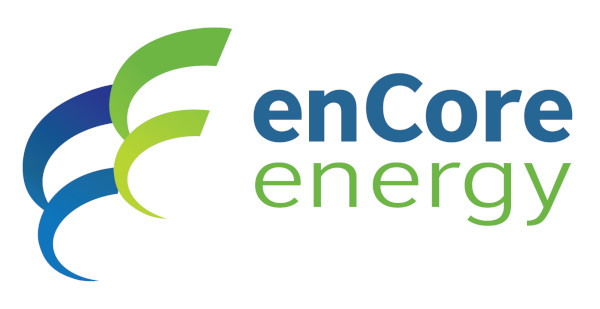
Capstone Green Energy (NASDAQ:CGRN) Reports First Quarter Fiscal 2022 Financial Results
Total Revenue Grew 13% Year-Over-Year
Cash and Cash Equivalents of $49.2M
Book-to-Bill Ratio of 1:1 for the Quarter with New Gross Product Orders of $8.2M
Webcast to be Held Today, August 11, 2021 at 1:45 PM PT; 4:45 PM ET
VAN NUYS, CA / ACCESSWIRE / August 11, 2021 / Capstone Green Energy Corporation (NASDAQ:CGRN), formerly Capstone Turbine Corporation (NASDAQ:CPST) (“Capstone,” the “Company,” “we” or “us”), a global leader in carbon reduction and on-site resilient green energy solutions, today announced financial results for its fiscal year 2022 first quarter ended June 30, 2021.
Financial Highlights of Fiscal Year 2022 First Quarter:
- Total revenue in the quarter was $16.1 million, up 13%, compared to $14.2 million in the first quarter last year as orders and shipments gradually started to rebound despite continued negative impacts from the ongoing COVID-19 global pandemic.
- The book-to-bill ratio was 1:1 for the quarter, and new gross product orders were $8.2 million despite continued negative global impacts from the ongoing COVID-19 global pandemic in key markets like Europe, Latin America, Asia, and Australia.
- The long-term microturbine rental fleet increased 1.5 megawatts (MWs) to 12.1 MWs from 10.6 MWs during the quarter as the Company continues to execute against its plan to increase the fleet to 21.1 MWs by March 31, 2022.
- Total cash and cash equivalents as of June 30, 2021, were $49.2 million, a decrease of $0.3 million, compared to $49.5 million as of March 31, 2021.
- Cash provided by financing activities was $11.0 million during the quarter, as the Company continued to focus on strengthening liquidity as it accelerates the expansion of the long-term rental fleet.
- Net loss of $2.2 million for the quarter, compared to a net loss of $1.8 million in the first quarter of fiscal 2021.
- Adjusted EBITDA of negative $2.3 million, compared to Adjusted EBITDA of $0.1 million in the first quarter of fiscal 2021.
“I am pleased that we were again able to drive year-over-year revenue growth as the global recovery from the COVID-19 global pandemic continued to evolve, and we executed upon our revenue growth strategy,” said Darren Jamison, President and Chief Executive Officer of Capstone Green Energy. “We also announced during the quarter that we expanded our long-term rental fleet from 10.6 megawatts to 12.1 megawatts as we march towards our goal of growing the fleet to 21.1 megawatts by the end of our fiscal year. This remains a key driver in our long-term strategy, as rental-related revenue drives a much higher margin than a typical product sale. This, along with our Factory Protection Plan program, are important supporting pillars in growing our Energy as a Service business,” added Mr. Jamison.
“We also took steps during the quarter to expand our direct solutions sales team as their effort in the field is creating a robust project pipeline. We are excited for the second half of the year as we expect to start to close on potential projects deploying not only our existing microturbine technology, but the new energy products and service offerings we added on the back of our evolution into Capstone Green Energy Corporation, announced on Earth Day in April 2021,” concluded Mr. Jamison.
Financial Results for Fiscal Year 2022 First Quarter
Total revenue for the quarter increased $1.9 million to $16.1 million, compared with total revenue of $14.2 million in the year-ago quarter. The increase in revenue was the result of higher MWs shipped, as the year-ago quarter was more negatively impacted by the global COVID-19 pandemic.
Gross margin decreased $0.8 million, to $2.6 million in the first quarter compared to $3.4 million in the same period last year, primarily due to lower overhead expenses in the prior period as a result of the Company’s COVID-19 Business Continuity Plan, which consisted of pay cuts, furloughs, and other cost-cutting measures.
Gross margin as a percentage of revenue decreased to 16% in the first quarter, compared to 24% in the same period last year, primarily due to lower overhead expenses in the prior period as a result of the Company’s COVID-19 Business Continuity Plan. Additionally, Factory Protection Plan margins were higher in the prior-year period primarily due to site shutdowns caused by the pandemic, which delayed servicing events.
Operating expenses in the first quarter of fiscal year 2022 were $6.2 million, an increase of $2.3 million from $3.9 million in the year-ago quarter, as the year-ago quarter had reduced expenses from the COVID-19 Business Continuity Plan, which reduced operating expenses and increased working capital during the pandemic.
Net loss was $2.2 million for the first quarter of fiscal year 2022, compared to a net loss of $1.8 million in the year-ago quarter. Net loss per share improved to $0.16 cents per share compared to $0.17 cents in the year-ago quarter. Adjusted EBITDA was negative $2.3 million for the first quarter of fiscal year 2022, compared to an adjusted EBITDA of $0.1 million in the year-ago quarter.
Cash and cash equivalents were $49.2 million as of June 30, 2021, compared to $49.5 million as of March 31, 2021.
Conference Call and Webcast
Capstone will host a live webcast on August 11, 2021, at 1:45 PM Pacific Time (4:45 PM Eastern Time) to provide the results of the fiscal year 2022 first quarter ended June 30, 2021. Capstone will discuss its financial results and will provide an update on its business activities. At the end of the conference call, Capstone will host a question-and-answer session to provide an opportunity for financial analysts to ask questions. Investors and interested individuals are invited to listen to the webcast by logging on to Capstone’s investor relation’s webpage at www.CapstoneGreenEnergy.com. A replay of the webcast will be available on the website for 30 days.
About Capstone Green Energy
Capstone Green Energy (NASDAQ:CGRN) is a leading provider of customized microgrid solutions and on-site energy technology systems focused on helping customers around the globe meet their environmental, energy savings, and resiliency goals. Capstone Green Energy focuses on four key business lines. Through its Energy as a Service (EaaS) business, it offers rental solutions utilizing its microturbine energy systems and battery storage systems, comprehensive Factory Protection Plan (FPP) service contracts that guarantee life-cycle costs, as well as aftermarket parts. Energy Conversion Products are driven by the Company’s industry-leading, highly efficient, low-emission, resilient microturbine energy systems offering scalable solutions in addition to a broad range of customer-tailored solutions, including hybrid energy systems and larger frame industrial turbines. The Energy Storage Products business line designs and installs microgrid storage systems creating customized solutions using a combination of battery technologies and monitoring software. Through Hydrogen Energy Solutions, Capstone Green Energy offers customers a variety of hydrogen products, including the Company’s microturbine energy systems.
For customers with limited capital or short-term needs, Capstone offers rental systems; for more information, contact: rentals@CGRNenergy.com. To date, Capstone has shipped over 10,000 units to 83 countries and estimates that, in FY21, it saved customers over $217 million in annual energy costs and approximately 397,000 tons of carbon. Total savings over the last three years are estimated to be approximately $698 million in energy savings and approximately 1,115,100 tons of carbon savings.
For more information about the Company, please visit: www.CapstoneGreenEnergy.com. Follow Capstone Green Energy on Twitter, LinkedIn, Instagram, Facebook, and YouTube.
Cautionary Note Regarding Forward-Looking Statements
This release contains forward-looking statements as defined in the Private Securities Litigation Reform Act of 1995, including statements regarding expectations for green initiatives and execution on the Company’s growth strategy and other statements regarding the Company’s expectations, beliefs, plans, intentions, and strategies. The Company has tried to identify these forward-looking statements by using words such as “expect,” “anticipate,” “believe,” “could,” “should,” “estimate,” “intend,” “may,” “will,” “plan,” “goal” and similar terms and phrases, but such words, terms and phrases are not the exclusive means of identifying such statements. Actual results, performance and achievements could differ materially from those expressed in, or implied by, these forward-looking statements due to a variety of risks, uncertainties and other factors, including, but not limited to, the following: the ongoing effects of the COVID-19 pandemic; the availability of credit and compliance with the agreements governing the Company’s indebtedness; the Company’s ability to develop new products and enhance existing products; product quality issues, including the adequacy of reserves therefor and warranty cost exposure; intense competition; financial performance of the oil and natural gas industry and other general business, industry and economic conditions; the Company’s ability to adequately protect its intellectual property rights; and the impact of pending or threatened litigation. For a detailed discussion of factors that could affect the Company’s future operating results, please see the Company’s filings with the Securities and Exchange Commission, including the disclosures under “Risk Factors” in those filings. Except as expressly required by the federal securities laws, the Company undertakes no obligation to update or revise any forward-looking statements, whether as a result of new information, changed circumstances or future events, or for any other reason.
Financial Tables to Follow
CAPSTONE GREEN ENERGY CORPORATION AND SUBSIDIARIES
CONDENSED CONSOLIDATED BALANCE SHEETS
(In thousands, except share amounts)
(Unaudited) |
|
|
|
|
|
|
|
|
|
|
June 30, |
|
|
March 31, |
|
|
|
|
2021 |
|
|
2021 |
|
| Assets |
|
|
|
|
|
|
|
|
| Current Assets: |
|
|
|
|
|
|
|
|
|
Cash and cash equivalents
|
|
$ |
49,216 |
|
|
$ |
49,533 |
|
|
Accounts receivable, net of allowances of $324 at June 30, 2021 and $314 at March 31, 2021
|
|
|
23,871 |
|
|
|
20,593 |
|
|
Inventories, net
|
|
|
14,937 |
|
|
|
11,829 |
|
|
Prepaid expenses and other current assets
|
|
|
5,718 |
|
|
|
4,953 |
|
|
Total current assets
|
|
|
93,742 |
|
|
|
86,908 |
|
|
Property, plant, equipment and rental assets, net
|
|
|
10,669 |
|
|
|
9,630 |
|
|
Non-current portion of inventories
|
|
|
1,802 |
|
|
|
1,845 |
|
|
Other assets
|
|
|
7,497 |
|
|
|
7,639 |
|
|
Total assets
|
|
$ |
113,710 |
|
|
$ |
106,022 |
|
|
Liabilities and Stockholders’ Equity
|
|
|
|
|
|
|
|
|
|
Current Liabilities:
|
|
|
|
|
|
|
|
|
|
Accounts payable and accrued expenses
|
|
$ |
22,396 |
|
|
$ |
19,767 |
|
|
Accrued salaries and wages
|
|
|
1,565 |
|
|
|
1,889 |
|
|
Accrued warranty reserve
|
|
|
3,904 |
|
|
|
5,850 |
|
|
Deferred revenue
|
|
|
6,000 |
|
|
|
6,374 |
|
|
Current portion of notes payable and lease obligations
|
|
|
1,097 |
|
|
|
576 |
|
|
Total current liabilities
|
|
|
34,962 |
|
|
|
34,456 |
|
|
Deferred revenue – non-current
|
|
|
734 |
|
|
|
765 |
|
|
Term note payable, net
|
|
|
50,923 |
|
|
|
52,865 |
|
|
Long-term portion of notes payable and lease obligations
|
|
|
4,589 |
|
|
|
4,762 |
|
|
Total liabilities
|
|
|
91,208 |
|
|
|
92,848 |
|
|
Commitments and contingencies
|
|
|
|
|
|
|
|
|
|
Stockholders’ Equity:
|
|
|
|
|
|
|
|
|
|
Preferred stock, $.001 par value; 1,000,000 shares authorized; none issued
|
|
|
– |
|
|
|
– |
|
|
Common stock, $.001 par value; 51,500,000 shares authorized, 15,206,891 shares issued and 15,128,731 shares outstanding at June 30, 2021; 12,898,144 shares issued and 12,824,190 shares outstanding at March 31, 2021
|
|
|
15 |
|
|
|
13 |
|
|
Additional paid-in capital
|
|
|
945,918 |
|
|
|
934,381 |
|
|
Accumulated deficit
|
|
|
(921,453 |
) |
|
|
(919,271 |
) |
|
Treasury stock, at cost; 78,160 shares at June 30, 2021 and 73,954 shares at March 31, 2021
|
|
|
(1,978 |
) |
|
|
(1,949 |
) |
|
Total stockholders’ equity
|
|
|
22,502 |
|
|
|
13,174 |
|
|
Total liabilities and stockholders’ equity
|
|
$ |
113,710 |
|
|
$ |
106,022 |
|
|
|
|
|
|
|
|
|
|
CAPSTONE GREEN ENERGY CORPORATION AND SUBSIDIARIES
CONDENSED CONSOLIDATED STATEMENTS OF OPERATIONS
(In thousands, except per share data)
(Unaudited) |
|
|
|
|
|
|
|
Three Months Ended |
|
|
|
|
June 30, |
|
|
|
|
2021 |
|
|
2020 |
|
| Revenue: |
|
|
|
|
|
|
|
Product and accessories
|
|
$ |
8,389 |
|
|
$ |
6,606 |
|
|
Parts and service
|
|
|
7,693 |
|
|
|
7,587 |
|
|
Total revenue
|
|
|
16,082 |
|
|
|
14,193 |
|
|
Cost of goods sold:
|
|
|
|
|
|
|
|
|
|
Product and accessories
|
|
|
8,992 |
|
|
|
6,800 |
|
|
Parts and service
|
|
|
4,442 |
|
|
|
4,020 |
|
|
Total cost of goods sold
|
|
|
13,434 |
|
|
|
10,820 |
|
|
Gross margin
|
|
|
2,648 |
|
|
|
3,373 |
|
|
Operating expenses:
|
|
|
|
|
|
|
|
|
|
Research and development
|
|
|
883 |
|
|
|
370 |
|
|
Selling, general and administrative
|
|
|
5,324 |
|
|
|
3,546 |
|
|
Total operating expenses
|
|
|
6,207 |
|
|
|
3,916 |
|
|
Loss from operations
|
|
|
(3,559 |
) |
|
|
(543 |
) |
|
Other income
|
|
|
665 |
|
|
|
4 |
|
|
Interest income
|
|
|
5 |
|
|
|
8 |
|
|
Interest expense
|
|
|
(1,235 |
) |
|
|
(1,291 |
) |
|
Gain on debt extinguishment
|
|
|
1,950 |
|
|
|
– |
|
|
Loss before provision for income taxes
|
|
|
(2,174 |
) |
|
|
(1,822 |
) |
|
Provision for income taxes
|
|
|
8 |
|
|
|
1 |
|
|
Net loss
|
|
|
(2,182 |
) |
|
|
(1,823 |
) |
|
|
|
|
|
|
|
|
|
|
|
Net loss per common share attributable to common stockholders-basic and diluted
|
|
$ |
(0.16 |
) |
|
$ |
(0.17 |
) |
|
Weighted average shares used to calculate basic and diluted net loss per common share attributable to common stockholders
|
|
|
13,226 |
|
|
|
10,598 |
|
|
|
|
|
|
|
|
|
|
CAPSTONE GREEN ENERGY CORPORATION AND SUBSIDIARIES
RECONCILIATION OF NON-GAAP FINANCIAL MEASURE
(In thousands, except per share data)
(Unaudited) |
|
|
|
|
|
|
|
Three months ended |
|
|
Reconciliation of Reported Net Loss to EBITDA and Adjusted EBITDA
|
|
June 30, |
|
|
|
2021 |
|
|
2020 |
|
|
Net loss, as reported
|
|
$ |
(2,182 |
) |
|
$ |
(1,823 |
) |
|
Interest expense
|
|
|
1,235 |
|
|
|
1,291 |
|
|
Provision for income taxes
|
|
|
8 |
|
|
|
1 |
|
|
Depreciation and amortization
|
|
|
386 |
|
|
|
354 |
|
|
EBITDA
|
|
$ |
(553 |
) |
|
$ |
(177 |
) |
|
|
|
|
|
|
|
|
|
|
|
Gain on debt extinguishment
|
|
|
(1,950 |
) |
|
|
– |
|
|
Additional PPP loan forgiveness
|
|
|
(660 |
) |
|
|
– |
|
|
Stock-based compensation and other expense
|
|
|
870 |
|
|
|
298 |
|
|
Adjusted EBITDA
|
|
$ |
(2,293 |
) |
|
$ |
121 |
|
|
|
|
|
|
|
|
|
|
To supplement the company’s unaudited financial data presented on a generally accepted accounting principles (GAAP) basis, management has presented Adjusted EBITDA, a non-GAAP financial measure. This non-GAAP financial measure is among the indicators management uses as a basis for evaluating the company’s financial performance as well as for forecasting future periods. Management establishes performance targets, annual budgets and makes operating decisions based in part upon this metric. Accordingly, disclosure of this non-GAAP financial measure provides investors with the same information that management uses to understand the company’s economic performance year-over-year.
EBITDA is defined as net income before interest, provision for income taxes, and depreciation and amortization expense. Adjusted EBITDA is defined as EBITDA before gain on debt extinguishment, additional PPP loan forgiveness and stock-based compensation and other expense. Gain on debt extinguishment and additional PPP loan forgiveness relates to the Paycheck Protection Program loan forgiveness. Stock-based compensation and other expense includes expense related to stock issued to employees, directors, and vendors.
Adjusted EBITDA is not a measure of the company’s liquidity or financial performance under GAAP and should not be considered as an alternative to, net income or any other performance measure derived in accordance with GAAP, or as an alternative to cash flows from operating activities as a measure of its liquidity.
While management believes that the non-GAAP financial measure provides useful supplemental information to investors, there are limitations associated with the use of this measure. The measures are not prepared in accordance with GAAP and may not be directly comparable to similarly titled measures of other companies due to potential differences in the exact method of calculation. Management compensates for these limitations by relying primarily on the company’s GAAP results and by using Adjusted EBITDA only supplementally and by reviewing the reconciliations of the non-GAAP financial measure to its most comparable GAAP financial measure.
Non-GAAP financial measures are not in accordance with, or an alternative for, generally accepted accounting principles in the United States. The company’s non-GAAP financial measures are not meant to be considered in isolation or as a substitute for comparable GAAP financial measures and should be read only in conjunction with the company’s consolidated financial statements prepared in accordance with GAAP.
CONTACT:
Capstone Green Energy
Investor and investment media inquiries:
818-407-3628
ir@CGRNenergy.com
SOURCE: Capstone Green Energy Corporation

